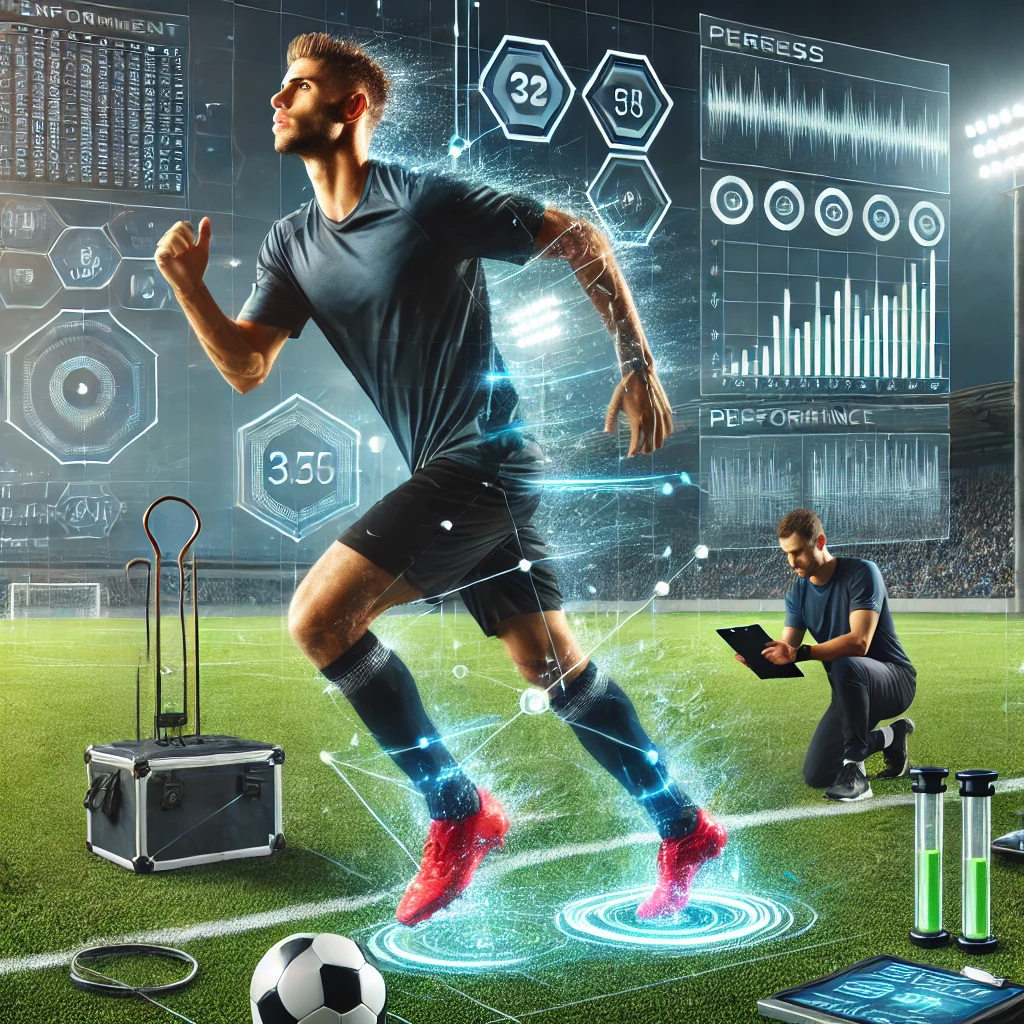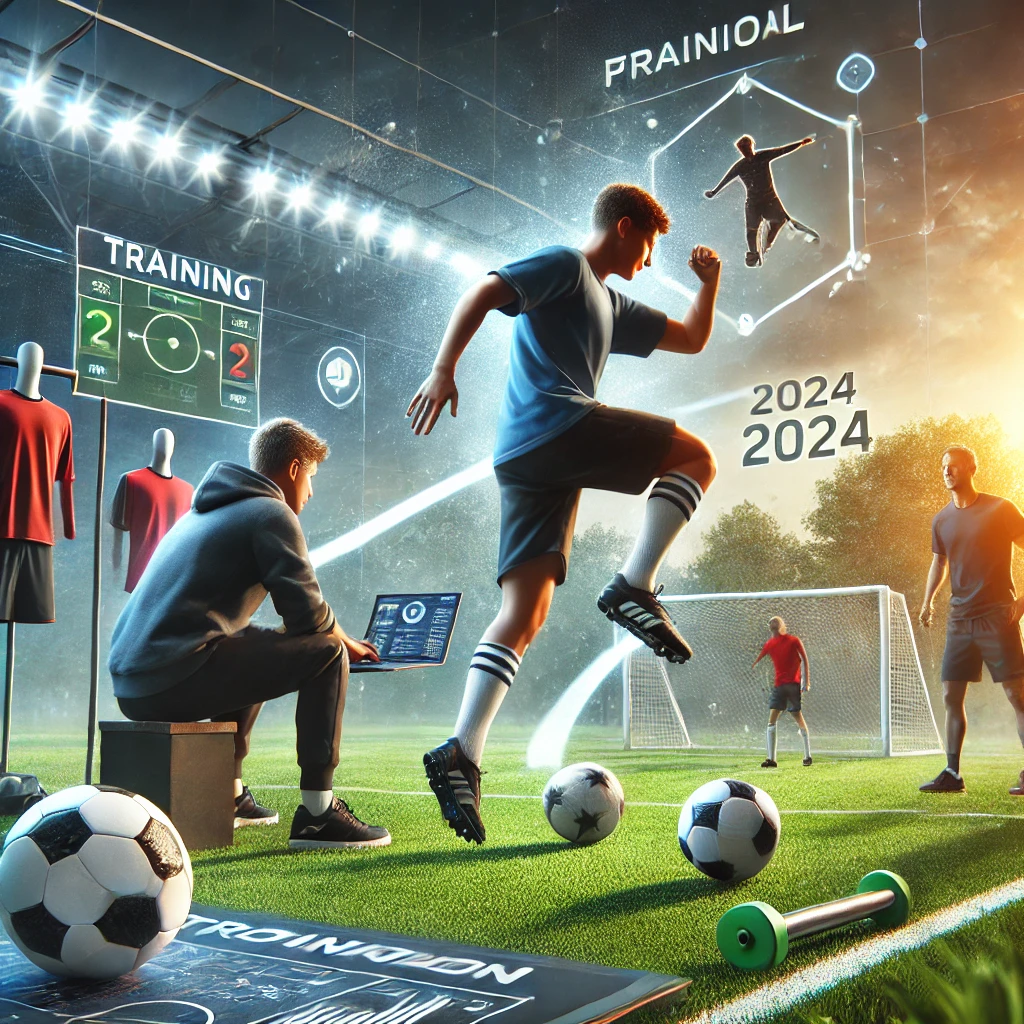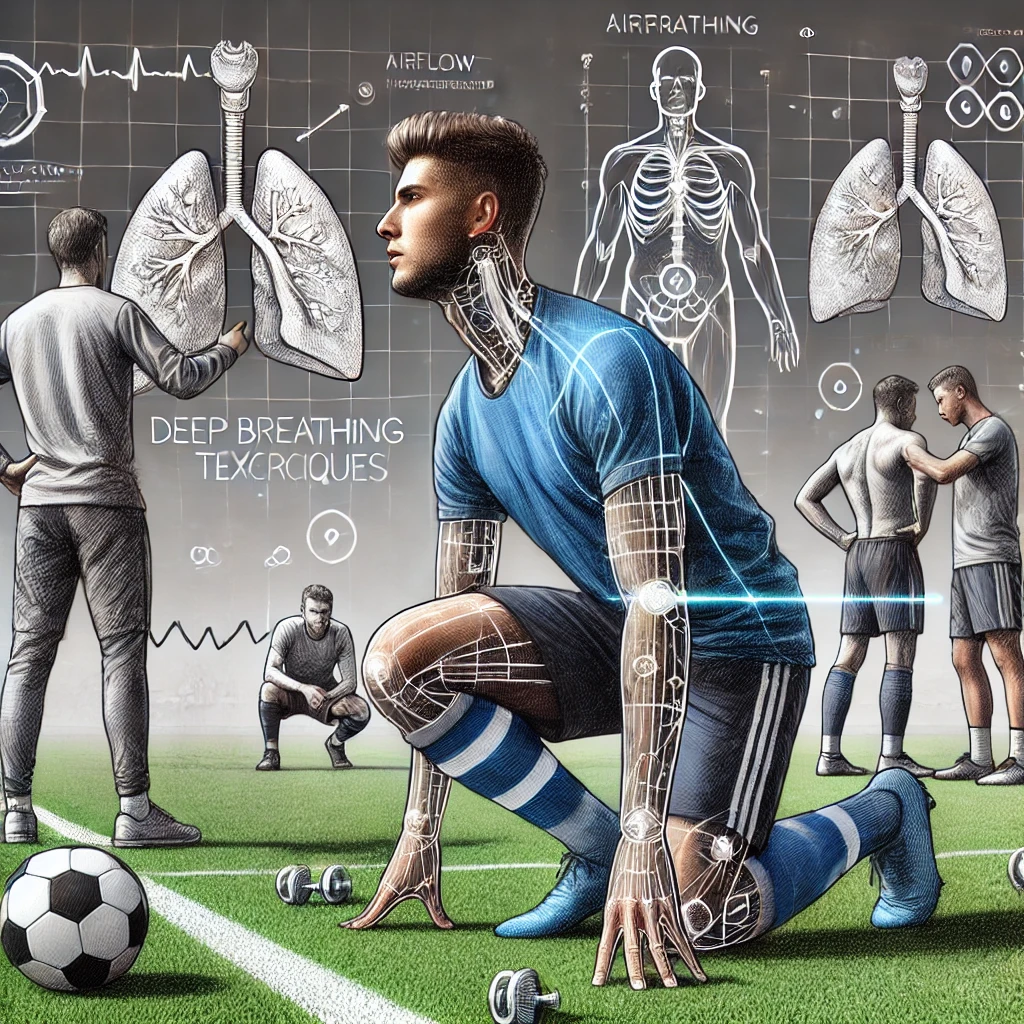Soccer Fitness is a symphony of skill, strategy and raw physicality. The spotlight often appears to play with dazzling goals and creative performances, but the basis for every good player lies in his fitness. But how do you measure something as dynamic as soccer fitness? Enter soccer fitness tests—the unsung heroes of player development. These tests are not just about sprinting speeds and jumping heights. They show their willingness to thrive in the 90-minute game chaos.

In diesem Leitfaden werden die besten Fußball -Fitnesstests, die von Elite -Clubs weltweit verwendet werden, erklären, erklären, warum sie wichtig sind, und zeigen Ihnen, wie Sie sie verwenden, um Ihr volles Potenzial auszuschöpfen. Egal, ob Sie ein Wochenendkrieger oder ein aufstrebendes Profi sind, diese Tests sind Ihre Roadmap, um das Spielfeld zu dominieren.
Why Fitness Tests Matter in a Game of “Invisible Stats”
Soccer is unique. Unlike sports with straightforward metrics (think: a basketball player’s free-throw percentage), soccer’s magic often lies in the intangibles—vision, composure, and split-second decision-making. But here’s the catch: even the most creative playmaker can’t shine if they’re gasping for air by halftime.
Trackable stats vs. invisible stats:
- Trackable stats (speed, endurance, agility) are measurable pillars of fitness.
- Invisible stats (game IQ, creativity) define greatness but rely on physical readiness.
Consider Liverpool’s James Milner: renowned for his relentless stamina, he’s outlasted younger teammates because his fitness lets his experience shine. Fitness tests bridge this gap, ensuring your body can keep up with your brain.
The Essential Soccer Fitness Tests
1. Weight & Body Fat Percentage: The Baseline of Fitness
Why it matters: Muscle mass fuels power, while excess body fat slows you down. Elite players like Cristiano Ronaldo maintain ~10% body fat to balance speed and strength.
How to test:
- Weight: Use a digital scale weekly, ideally at the same time of day.
- Body Fat %: Invest in calipers or a bioelectrical impedance scale (even $30 models work).
Pro Tip: Don’t obsess over the scale. Focus on trends. A rising weight with dropping body fat? You’re gaining muscle.
2. Resting Heart Rate (BPM) & Breath Rate: Your Engine’s Efficiency
Why it matters: A lower resting heart rate (40-60 BPM for elites) signals a heart that’s efficient under stress. Similarly, controlled breathing (8-12 breaths/minute at rest) boosts endurance.
How to test:
- Heart Rate: Check the pulse for 60 seconds in the morning.
- Breathing Frequency: Count your breaths for 1 minute while you are relaxed.
Real-World Impact: Barcelona’s Lionel Messi credits breath control drills for his ability to stay calm during high-pressure moments.
3. BOLT Score for Fitness: Master Your Oxygen
Why it matters: The Body Oxygen Level Test (BOLT) measures how long you can hold your breath after exhaling. A score above 20 seconds indicates elite respiratory efficiency—critical for maintaining energy in extra time.
How to test:
- Exhale fully.
- Start a timer.
- Stop when you feel the first urge to breathe.
Fun Fact: Free divers use BOLT to train for oxygen efficiency, a hack adopted by soccer coaches like Pep Guardiola.
4. One-Foot Balance (Eyes Closed): The Silent Skill
Why it matters: Balance prevents injuries and sharpens agility. Try standing on one leg for 30 seconds with your eyes closed—most amateurs wobble after 10.
Progression:
- Start with eyes open, then progress to eyes closed.
- Add unstable surfaces (e.g., a pillow) to mimic uneven pitches.
Did You Know? Bayern Munich’s Joshua Kimmich uses balance drills to perfect his pinpoint crosses under defensive pressure.
5. Sprint Speed (10m, 20m, 30m): Explosiveness Unleashed
Why it matters: Acceleration wins 1v1 battles. Premier League stars hit 10m in ~1.8 seconds—a benchmark for aspiring pros.
How to test:
- Set the pencil to 10 m, 20 m, and 30 m.
- Sprint from a standing start, timing each split.
Training Hack: Improve acceleration with resisted sprints (wear a parachute or sled).
6. 505 Change of Direction: Agility Under Fire
Why it matters: This test mimics evading defenders. Set two cones 5m apart. Sprint 5m, touch the line, and sprint back. Elite times: <2 seconds.
Pro Tip: Use a smartphone app like Dartfish to analyze your footwork and pivot technique.
7. T-Test: Multidirectional Mastery
Why it matters: Soccer isn’t linear. The T-Test (sprint 10m, shuffle 5m left, shuffle 10m right, backpedal 5m) evaluates agility in all directions.
Goal: Sub-10 seconds for college-level players.
8. Beep Test: The Ultimate Endurance Gauntlet
Why it matters: This grueling shuttle run (to a timed “beep”) measures VO2 max. Top players hit Level 14+—equivalent to running 5km in 20 minutes.
Survival Strategy: Pace yourself! Start conservatively to avoid early burnout.
9. Vertical Jump: Soar for Headers
Why it matters: A 24-inch vertical jump separates good players from aerial dominators like Chelsea’s Didier Drogba.
How to test:
- Stand sideways by a wall. Reach up, mark your highest point (standing reach).
- Jump and mark the highest point you touch.
- Measure the difference.
Training Hack: Plyometric exercises (box jumps, depth drops) can add inches fast.
FAQs: Your Fitness Test Roadmap
Q: How often should I test myself?
A: Every 6-8 weeks during preseason, then monthly in-season to track progress.
Q: Can I do these tests alone?
A: Yes! Sprint – Use apps like Coach’s Eye on Timing or MyJump for vertical jump analysis.
Q: What is the yo-yo test?
A: A brutal mix of the Beep Test and interval running. Used by clubs like Real Madrid, it assesses recovery between sprints.
Q: How does nutrition affect test results?
A: Carbo-loading pre-test can boost endurance, while dehydration skews body fat readings. Eat a balanced meal 2-3 hours beforehand.
From Testing to Triumph in Fitness: How to Use Your Results
- Identify Weaknesses: If your Beep Test lags, prioritize aerobic workouts (long runs, cycling).
- Set SMART Goals: Aim to shave 0.2 seconds off your 30m sprint in 8 weeks.
- Celebrate Progress: Even small gains (e.g., +2 seconds on BOLT) translate to in-game stamina.
Pro Insight: At Ajax’s famed academy, players’ test results dictate individualized training plans. Mimic this by tailoring drills to your data.
Conclusion: Fitness Tests Are Your Secret Playbook
In soccer, margins matter. The difference between a game-winning tackle and a missed opportunity often boils down to fractions of a second—or a single percentage of body fat. By embracing fitness tests, you’re not just chasing numbers; you’re building a body that can execute your vision. So grab a cone, a timer, and a notebook. Your journey to peak performance starts now. ⚽


